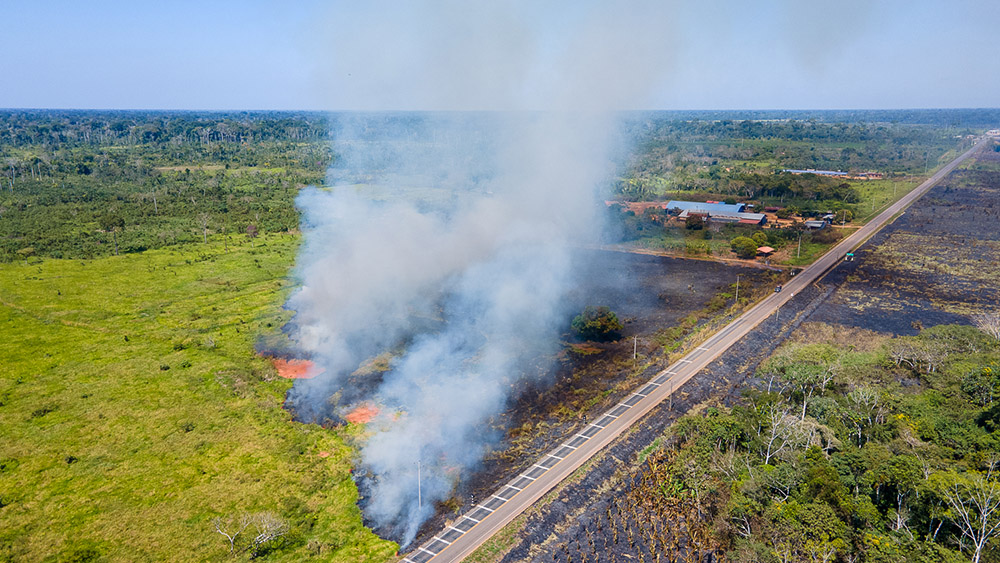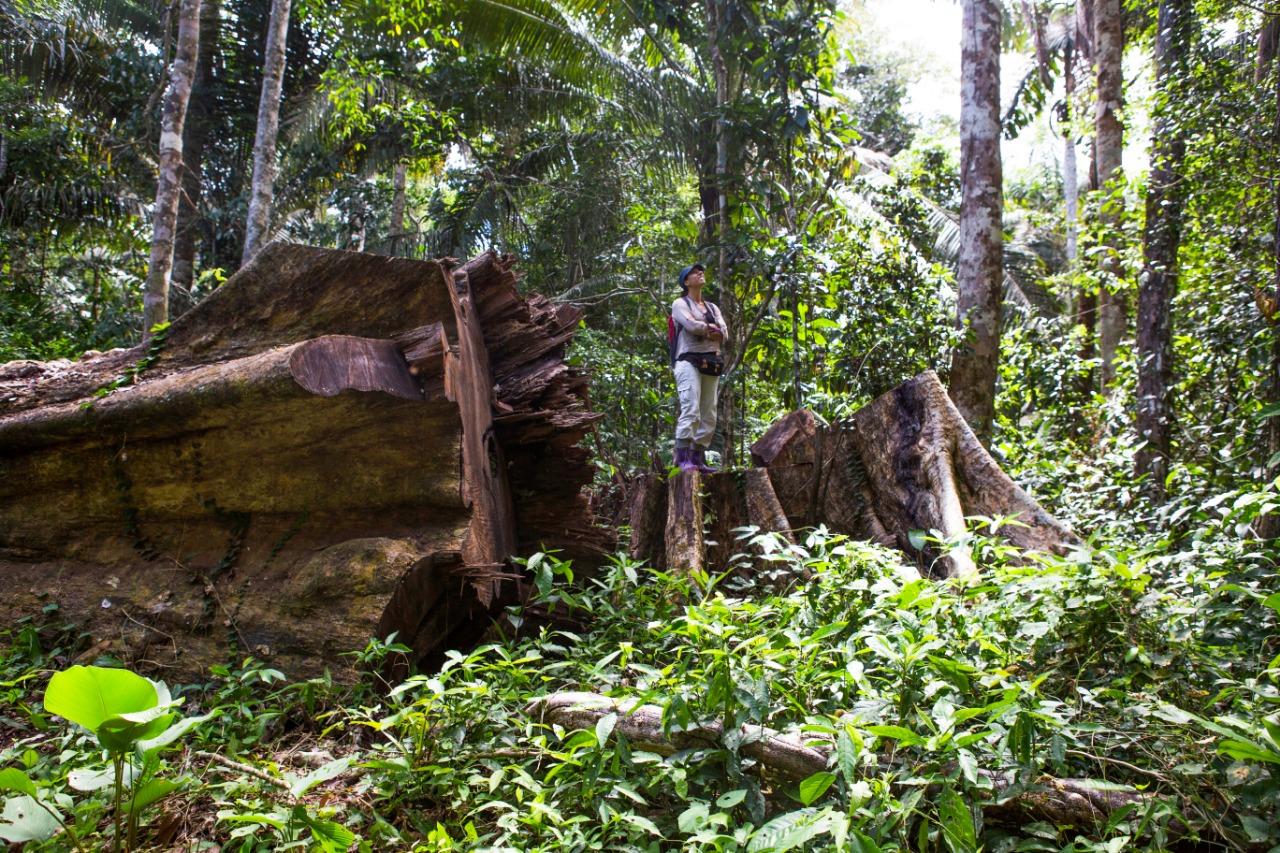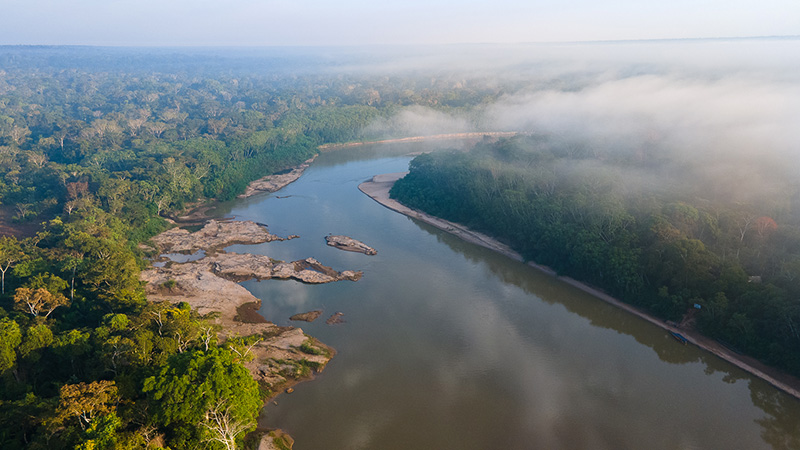June 26, International Day of Tropical Forests, gives us an opportunity to reflect on the critical situation of our forests. Although there is a lot of talk about their disappearance, there is a much closer catastrophe: the “point of no return.”
In this scenario, forests could stop functioning and stop providing the Earth with the ecosystem services necessary to make life possible, both for human beings, and for the rest of the species that inhabit it.
Degradation and deforestation, what’s the difference?
When we talk about deforestation, we refer to the destruction of large areas of forests. To the glades that can be seen from the air, holes in the forest canopy, whether due to mining, agriculture, or opening of highways. It destroys everything in its path and then mostly burns and clears the land for its new use.

Foto: Patricio Cortes
On the other hand, the degradation is much more quiet and difficult to identify from aerial views or satellite images. Degradation occurs when the pillars of the ecosystem disappear. For example, the selective cut of large trees such as the Shihuahuaco causes degradation, because without them, the ecosystem is not able to sustain itself. Despite not destroying large areas of forests, the ecosystem becomes less and less efficient in its functioning.
 It is known that the degradation of forests and natural ecosystems emits almost as much greenhouse gases as deforestation itself. Furthermore, degradation leads to the loss of diversity and humidity, decrease in ecological functions (ecosystem services) and greater flammability, increasing the risk of fires.
It is known that the degradation of forests and natural ecosystems emits almost as much greenhouse gases as deforestation itself. Furthermore, degradation leads to the loss of diversity and humidity, decrease in ecological functions (ecosystem services) and greater flammability, increasing the risk of fires.
The point of no return
Because of the two bad practices mentioned above, the Amazon is reaching the so-called tipping point or point of no return. Where it does not matter that it has not yet been completely deforested, where it does not matter that there are still ancient trees standing, the Amazon will simply stop functioning the way it does now. The forest will no longer release oxygen, it will no longer regulate temperature, it will no longer evaporate water.
At some point in the near future, the degraded forest will no longer be able to replenish itself, and slowly our tropical forests will begin to dry out and lose the basic characteristics of a tropical moist forest. Species will begin to adapt to a drier ecosystem and diversity will reduce.
What would we miss?
If the Amazon reaches the point of no return, it would stop providing us with what we need for life. Not just to your region or our country, but to the entire world. Not only to the flora and fauna of the area, but to humanity as a whole.
Much of the water that feeds the coastal cities of South America would disappear, since the snow-capped mountains in the Andes mountain range that then feed the rivers that go down to the ocean, receive part of their water from the evapotranspiration of the jungle trees; who pump water from underground to the sky, creating a water flow greater than that of the Amazon River.
Furthermore, the Earth would boil, since this flow of water created by the Amazon currently works as an air conditioner that cools the atmosphere and prevents the heat from affecting human beings, putting our survival in danger.
The Amazon is not only the lungs of the planet, it is also its heart. And at the point of no return, there will be nothing we can do, not only to save this incredible ecosystem, but ourselves, our children, and the rest of humanity.
We can still take action, but we cannot delay becoming aware any longer.
If you want to read more about this topic, explained by Tatiana Espinosa in an interview, go to: “No solo es la deforestación”: ¿por qué la Amazonía peruana se acerca a un ‘punto de no retorno’?», article in Spanish from La República.
